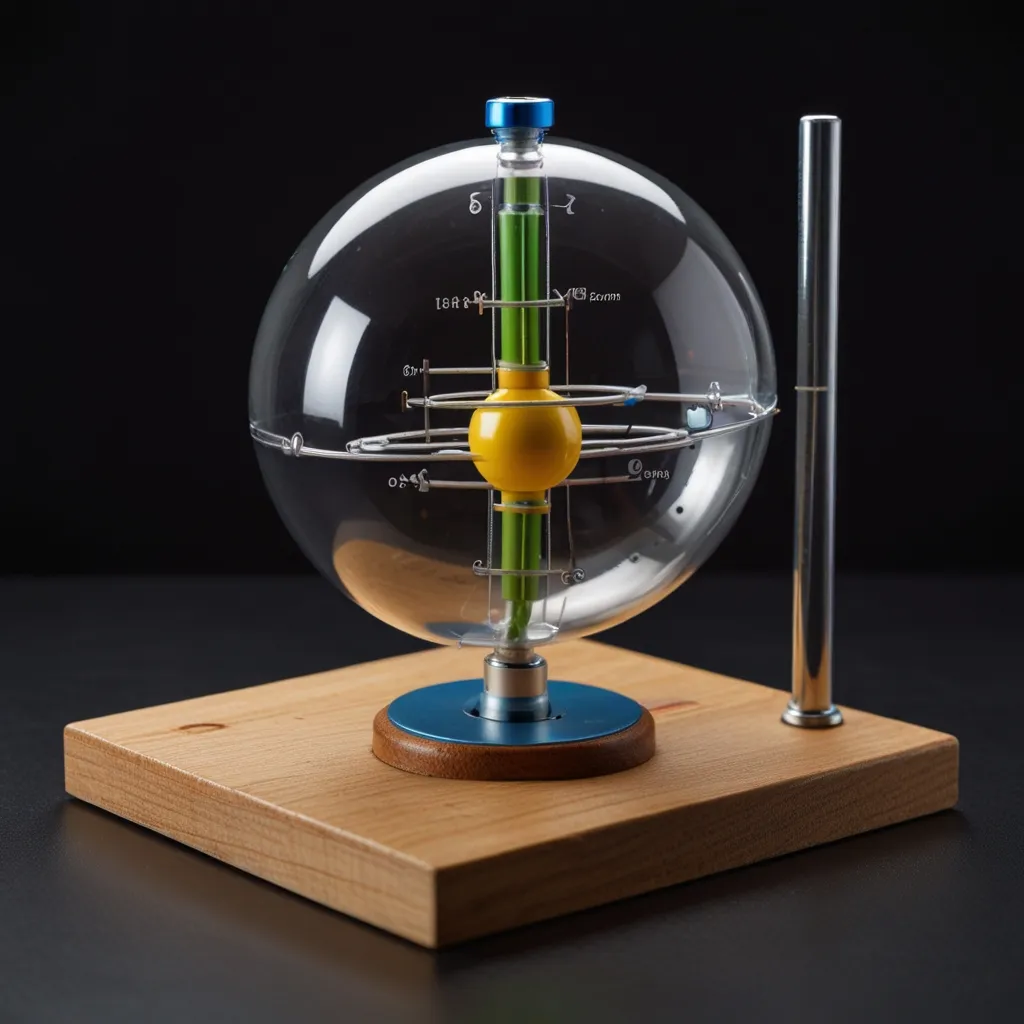Imagine attaching a spring horizontally to a ball. For simplicity, let’s ignore gravity and friction. If you pull the ball to a distance X1 from the center and release it, the ball starts oscillating back and forth, reaching distances of X1 on either side of the center.
When the ball is at its furthest points, it isn’t moving. This means its potential energy is at its peak, while its kinetic energy drops to zero. On the other hand, when the ball whizzes through the center, it’s moving the fastest, maximizing its kinetic energy, while the potential energy becomes zero.
The total energy of this system is the sum of potential and kinetic energies. You can express this total energy (E) with an equation. Here, the first part of the equation represents the kinetic energy, and the second part stands for the potential energy. In this equation, ‘p’ is momentum (which is mass times velocity), ‘M’ is the mass, ‘K’ is the spring constant, and ‘X’ is the distance from the center.
Even though the potential and kinetic energies fluctuate as the ball moves, the total energy of the system remains constant. This unchanging total energy illustrates the conservation of energy within the system, as it isn’t affected by friction.






